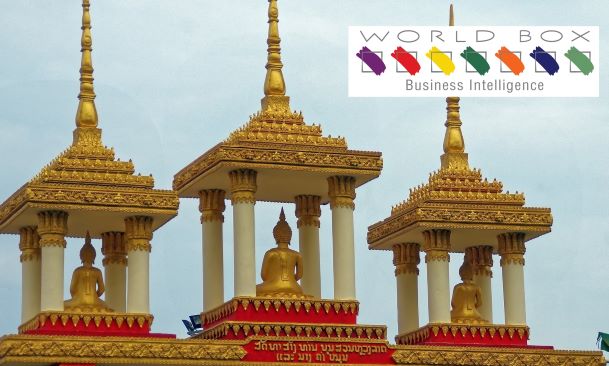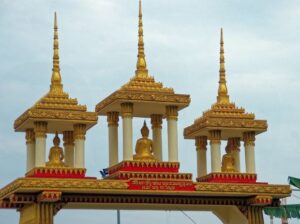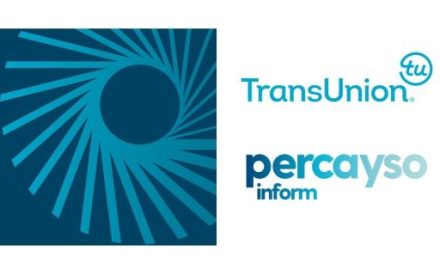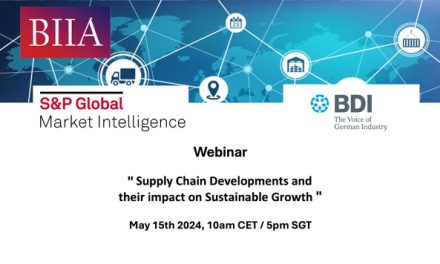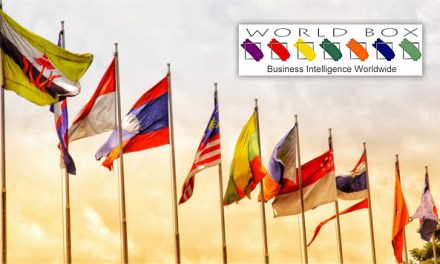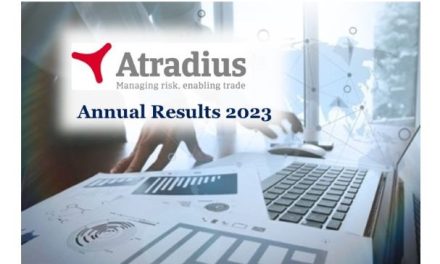Worldbox Intelligence Risk Rating May 2023
LAOS
SUMMARY
Political risk: Stable 7/10
Economic risk: Stable 5/10
Commercial risk: Stable 4/10
The risk assessment of a country is made up of 3 components, being Political, Economic and Commercial. Each component is scored out of 10 with 1 being the highest risk and 10 the lowest.
Political Risk – Stable at 7
Prime Minister Phankham Viphavanh, who assumed office in March 2021, resigned in early January 2023 and was replaced by Sonexay Siphandone. Phankham has clearly paid the price for the economic woes that have beset the country in recent years. However, there are unlikely to be any dramatic changes on the economic and social fronts. Sonexay’s premiership was widely anticipated within Laos. His father, Khamtay Siphandone, served for 14 years as the leader of the LPRP before stepping down in 2006.
Sonexay’s government has taken a number of measures to try and combat inflation, including ordering all currency exchange shops to close, and banning the import of meat and agricultural products that are produced domestically. However, a long economic struggle lies ahead.
Laos experienced relatively high levels of political stability for nearly 50 years, following the end of the Indochina conflict in 1975 and the takeover by the communist Pathet Lao movement. Laos remains a one-party state, under the control of the communist Lao People’s Revolutionary Party (LPRP). There is little opposition to the party’s rule. National Assembly elections are held every five years but are not free or fair, while protests are banned.
Since the late 1980s, the government has pursued a similar economic and political model to those of Vietnam and China. It has implemented market-based economic policies while maintaining a high degree of state control and welcoming foreign direct investment (FDI). This has proved highly successful in generating rapid economic growth. Over the decade prior to the pandemic, for example, annual growth averaged just under 8%, one of the highest levels in the world.
A party congress at the beginning of 2021 heralded modest changes at the top of the party and reaffirmed Laos’s economic strategy, including its growing reliance on China. However, a significant turnover of personnel took place at lower levels, with new technocratic officials taking over from wartime officials and party apparatchiks. The move seems to recognize criticism relating to corruption and economic mismanagement.
Economic Risk – Stable at 5
The Laotian economy had grown by nearly 8% a year over the decade leading up to the Covid pandemic. Accession into the World Trade Organization in 2013 and the creation of the ASEAN Economic Community (AEC) in 2015 precipitated significant reforms designed to improve the business and investment environment. Rapid economic growth in neighbouring countries such as China, Vietnam and Thailand has also boosted trade and FDI.
China, Thailand and Vietnam are the country’s main trade and investment partners. Trade with China is growing particularly rapidly, aided by massive Chinese FDI and the China–Laos Railway project, which travels across Laos from the Chinese border to the capital Vientiane. Three Chinese-backed highway projects are also underway as part of China’s Belt and Road Initiative.
The railway project should have a significant impact on growth by encouraging FDI and attracting increasing tourism from China. It should also boost exports. The cost of shipments from Vientiane to Kunming, in the southern Chinese province of Yunnan, will be cut by 40–50%, along with a 20–40% cost reduction on domestic routes, according to a World Bank report. Exports from Laos to China were worth US$1.7 billion in 2019 and could expand by about 20% per year, according to the UN.
However, there are growing concerns about Laos foreign debt. The country’s official debts have grown rapidly in recent years and now equal 88% of GDP, with 60% owed by the public sector and the remainder comprising public–private partnerships such as the Boten-Vientiane railway. The risk associated with this debt, largely denominated in dollars, increases during periods when the kip is depreciating, as was the case in 2022.
Figures from the government and Fitch reveal that Laos has to make foreign-debt repayments of an average of $1.3 billion per year until 2026. That is around half of the government’s annual revenue, and the depreciating kip is undermining the country’s ability to make those debt repayments, since the foreign debt is priced in foreign currencies, such as the US dollar, the Thai baht, the Chinese yuan, the Japanese yen, the Korean won and the euro.
Half of the external debt is owed to China, following its numerous investments in the country, including the US$5.9bn loan for the China–Laos high-speed train line and US$17.8bn for three highways, as well as loans for hydroelectricity projects. However, Toshiro Nishizawa, a professor at The University of Tokyo’s Graduate School of Public Policy and fiscal advisor to the Laos government believes China will not allow Laos to default. Nishizawa wrote in August 2022 that China “does not want to become a creditor burdened with non-performing assets, nor does it want to look like an unreliable lender to developing Asia Pacific and indeed African nations”.
He added that:
“The Lao government could avoid default by seeking China’s support for deferrals and liquidity provision. On top of bilateral debt deferrals, China is inclined to accept equity investment, as seen in the power grid shareholding deal. (A reference to the March 2022 acquisition of a majority stake in Électricité du Laos for 25 years by China Southern Power Grid) This would help Laos secure foreign exchange for debt repayments and foreign capital for infrastructure development.”
Commercial Risk – Stable at 4
The economic crisis is having a significant impact on businesses’ ability to pay their debt. One report in mid-June 2022 from Radio Free Asia suggested that half of all SMEs are facing severe difficulties.
Laos was already one of the most difficult countries in the Asia–Pacific region in which to do business, according to the World Bank, which ranked it 154th among 190 in its 2020 Ease of Doing Business guide, ahead of only Myanmar in Southeast Asia.
The World Bank says the low ranking reflects the country’s complex and opaque business environment, with barriers to regional trade and integration that limit its attractiveness as an investment destination. The Bank cites investors’ complaints about the high costs of doing business and the absence of a transparent, dynamic and streamlined business environment. Overall, the economy remains inward-oriented (only 2.9% of firms export directly), with little investment or innovation among local firms.
Corruption is another significant challenge. Laos ranks 126th out of 180 countries in Transparency International’s (TI) 2022 Corruption Perceptions Index, moving up eight positions from its 2021 score. Laos is considered to be the third most corrupt country in the ASEAN region, behind Myanmar and Cambodia.
The Laos Corruption Report by GAN also declares that corruption is a high risk for companies operating in Laos and deters foreign investment. GAN says that political patronage pervades all business sectors, and a culture of corruption has been perpetuated by senior LPRP leaders and by foreign investors willing to buy political support and pay off officials. It adds that companies are likely to encounter petty bribery when trading across borders, paying taxes or acquiring public services.
In terms of the rule of law, GAN says that a weak and inefficient judiciary impedes the proper enforcement of anti-corruption laws and officials are rarely prosecuted. It adds that bribery is widespread in both civil and commercial cases, and the legal system is subject to political interference.
March Bulletin
Political Risk – Stable at 7
Surging inflation is certainly creating severe hardship for many Laotians and there are fears that this could result in political unrest. A report by the US-funded broadcaster Radio Free Asia in January 2023 found that “even normally well-off state employees are feeling the squeeze.” The report cited several civil servants as saying that the inflation had drastically increased the cost of making ends meet.
A Lao wholesaler told RFA that retailers in the country are operating on extremely thin margins and are being forced to pass the increase in cost of the goods they buy onto their customers:
“It’s getting extremely difficult to sell merchandise because of the high prices,” he said. “I don’t even bother importing goods from Thailand anymore because they are way too expensive for people to buy. If I import expensive goods, I can’t sell them because nobody can afford them.”
An official with the Asian Development Bank in Laos told RFA that the government “needs to pay more attention” to inflation and called for urgent measures to address the issue.
Meanwhile, around 21% of the country’s workforce – are unemployed due to the economic downtown, the Ministry of Labor and Social Welfare reported in late 2022.
Economic Risk – Stable at 5
The economy grew by just 2% in 2022, the second lowest level in over 30 years, while the country is facing severe economic pressures. These include inflation, which jumped to an annual pace of 40.3% in January 2023. The rise in the costs of basics is placing particularly pressure on Laotians who are already amongst the poorest people in Southeast Asia. The soaring costs of energy and food stuffs are driving the hike in inflation, according to official figures.
The depreciation of the kip is one of the man factors behind the surge inflation – the currency had fallen to nearly 17,000 to the dollar by the end of 2022 from 9,300 in September 2021.
A loss of investor confidence that has sparked a sharp decline in the value of the kip has added to Laos’ woes, and undermined its ability to repay dollar denominated debt, and pay for imports.
The full re-opening of the country to foreign tourists in June 2022 has provided a welcome boost to the economy. The country received 4.79 million tourists and earned US$935m from tourism in 2019, making the sector a vital source of foreign-exchange earnings. International visitor numbers fell to under 900,000 in 2020. The opening of the China–Laos high-speed train line in late 2021 should also boost the economy, with numbers of Chinese tourists possibly increasing in 2023 as Beijing relaxes its pandemic restrictions on travel.
In 2022, the government announced plans to open a new rail link from Laos to the port of Vung Ang in central Vietnam with construction starting as early as November 2022. The scheme is part of the government’s ambitions to turn Laos into a regional logistics hub by forging rail links with China, Vietnam and Thailand. In 2021, the construction of the Vientiane Logistics Park – built at a cost of over US$700m – was completed the day after the China-Laos high-speed railway – the first of its kind in Southeast Asia was launched. There are plans to build another logistics side across the Mekong from Vientiane in Thailand. An upgraded railway will link this facility to the Laem Chabang, Thailand’s biggest trading port.
The government believes transforming Vientiane into a node connecting ASEAN and the Chinese market by both road and rail will enhance the country’s trade competitiveness and stimulate investment.
Commercial Risk – Stable at 4
Counterparty risk, already difficult to assess (corporate financial information is rarely available and, when available, is usually unreliable), has almost certainly risen during the pandemic. The legal system continues to make debt collection very unpredictable.
An official report into corruption published in April 2022 has lost hundreds of millions of dollars to endemic corruption. The Lao State Inspection Authority said widespread graft had best government-sponsored investment and development projects leading to a loss of US$767 million since 2016. A report by the Union of Catholic Asian News added, however, that locals are unimpressed by such government-sponsored reports, considering them to be part of an official whitewashing of rampant corruption. It added that numerous citizens who have voiced their concerns about corruption and malfeasance by communist officials have been arrested and tried in recent years.
In October 2022 Fitch Ratings affirmed Laos’ Long-Term Foreign-Currency Issuer Default Rating (IDR) at ‘CCC-‘, primarily, reflecting elevated external liquidity pressure from high commodity prices and tightening global financial conditions, as well as a challenging external debt repayment profile. The ratings agency also withdrew Laos’ Long- and Short-Term Foreign-Currency IDRs and Country Ceiling f commercial reason.
https://www.transparency.org/en/cpi/2021
https://www.imf.org/en/Countries/LAO
https://www.adb.org/countries/lao-pdr/main
About Worldbox Business Intelligence
An independent service, Worldbox Business Intelligence provides online company credit reports, company profiles, company ownership and management reports, legal status and history details, as well as financial and other business information on more than 50 million companies worldwide, covering all emerging and major markets.
Worldbox was founded in the 1980s, with the vision to become a global business provider. Its ability to deliver data in multiple languages in a standard format has strengthened its brand.
Copyright (C) 2022 Worldbox Business Intelligence. All rights reserved.
Our mailing address is:
Worldbox Business Intelligence
Breitackerstrasse 1
Zollikon
Zurich 8702
Switzerland
